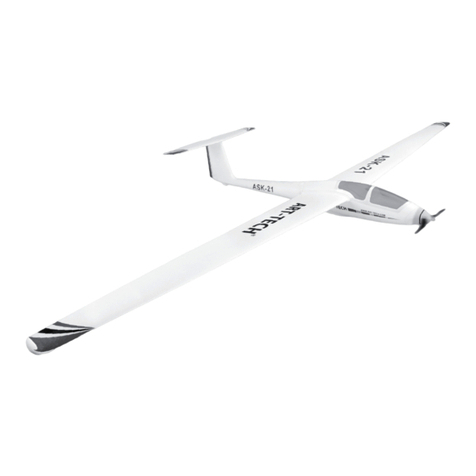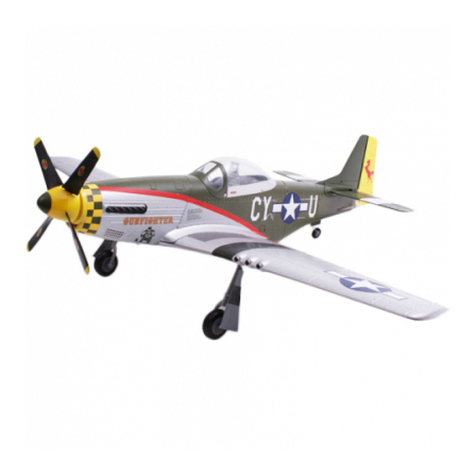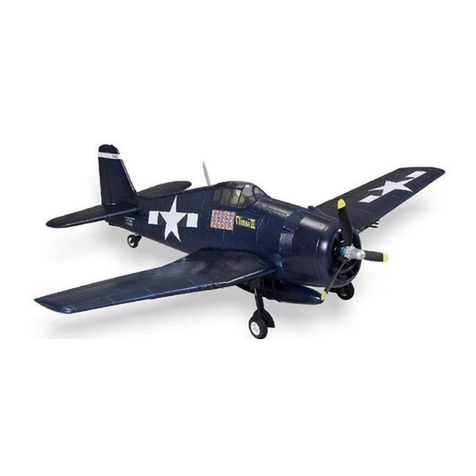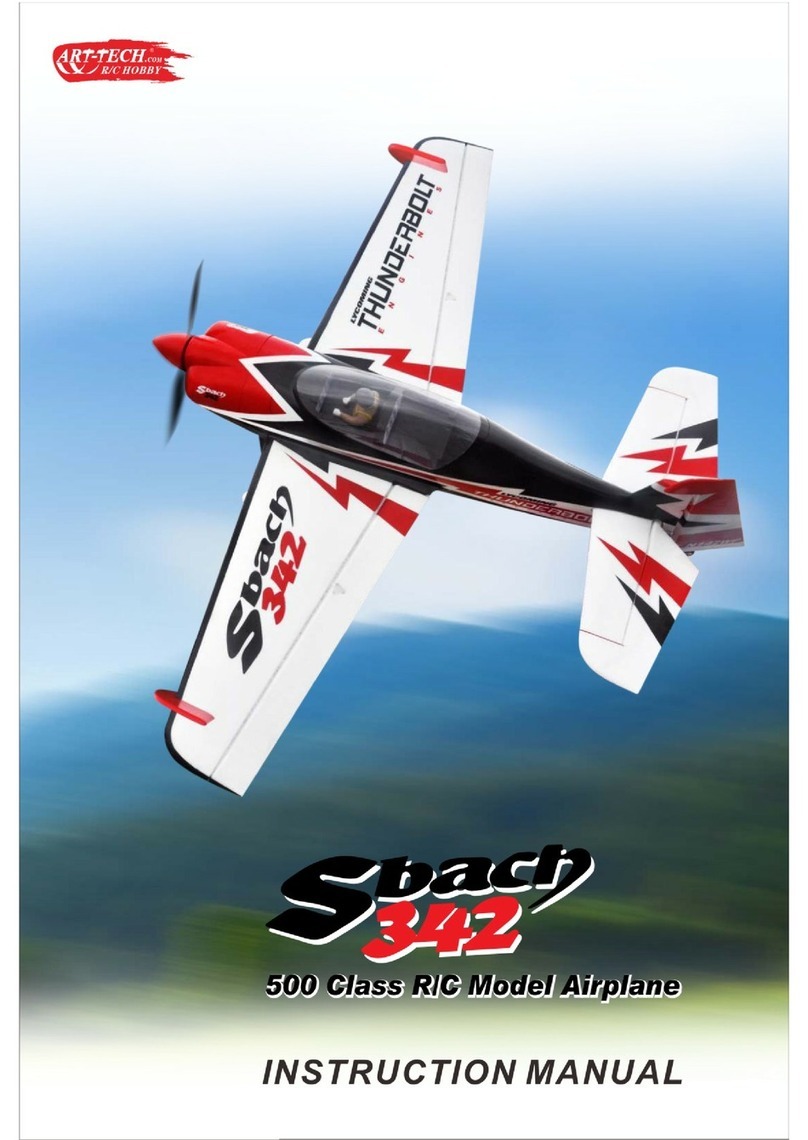Art-Tech Diamond 1000 User manual
Other Art-Tech Toy manuals
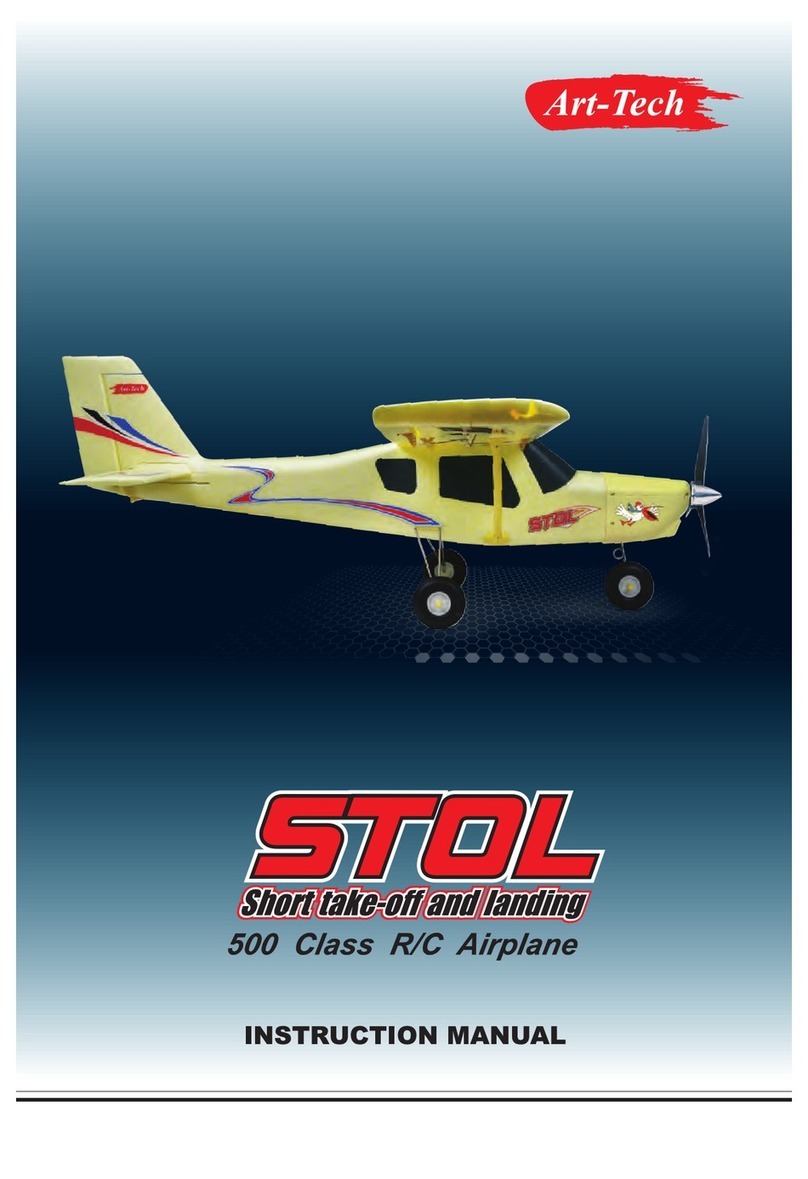
Art-Tech
Art-Tech STOL User manual
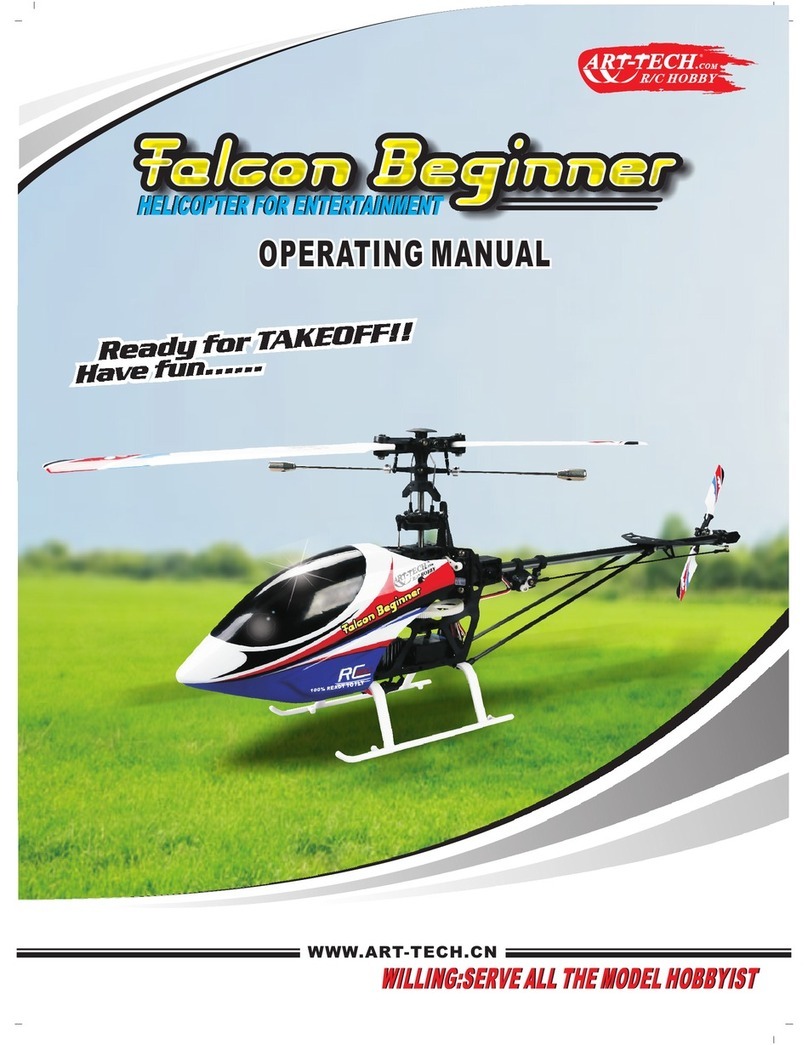
Art-Tech
Art-Tech Falcon Beginner User manual
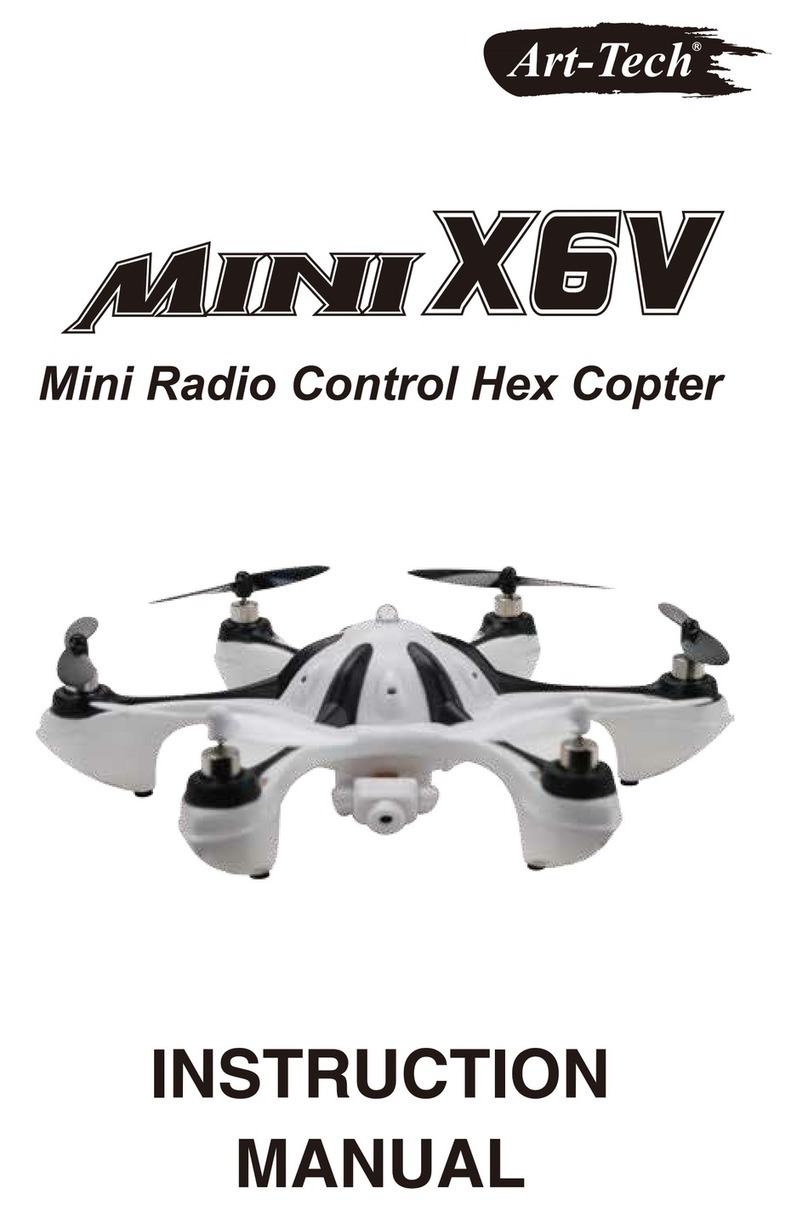
Art-Tech
Art-Tech Mini X6V User manual
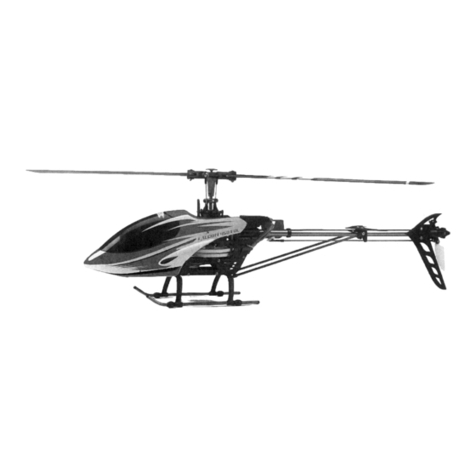
Art-Tech
Art-Tech 784251 User manual

Art-Tech
Art-Tech Flywolf User manual
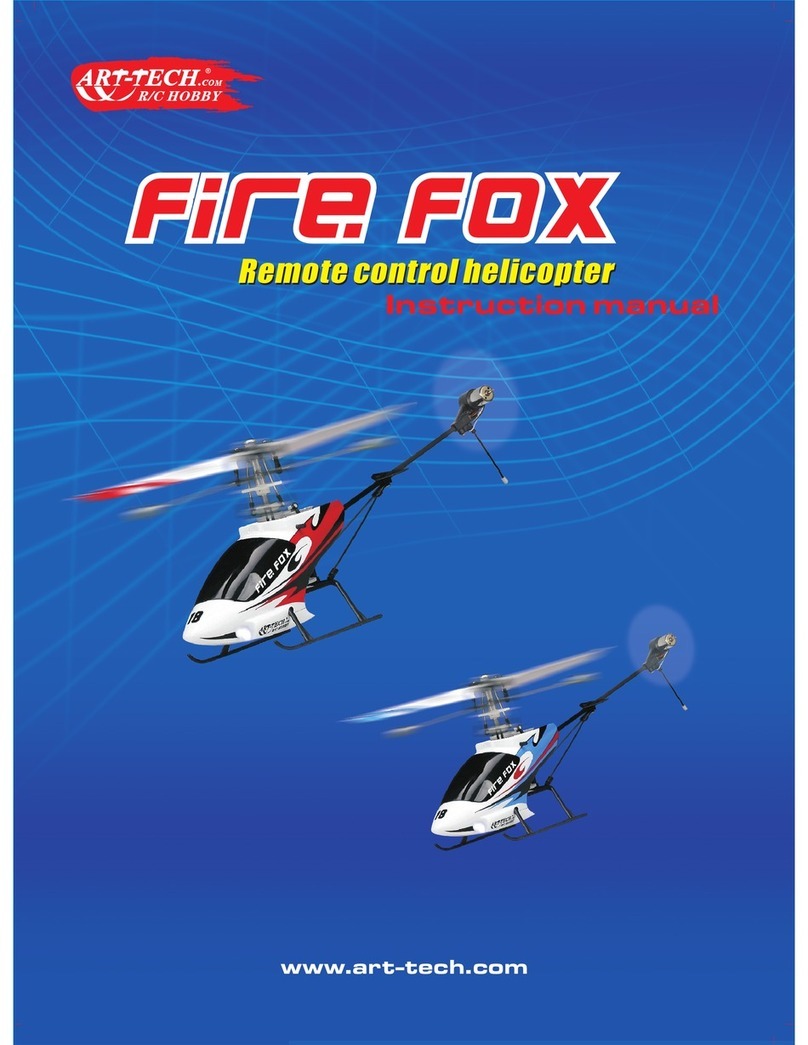
Art-Tech
Art-Tech fire fox User manual
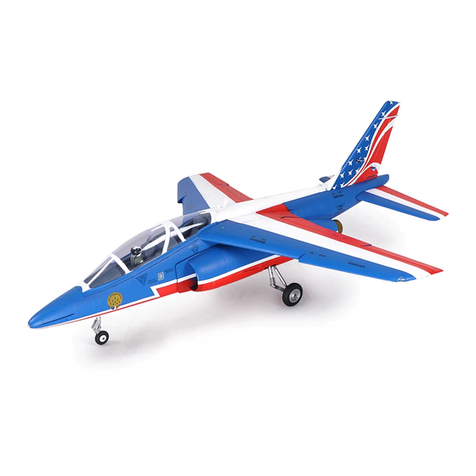
Art-Tech
Art-Tech R/C Hobby User manual
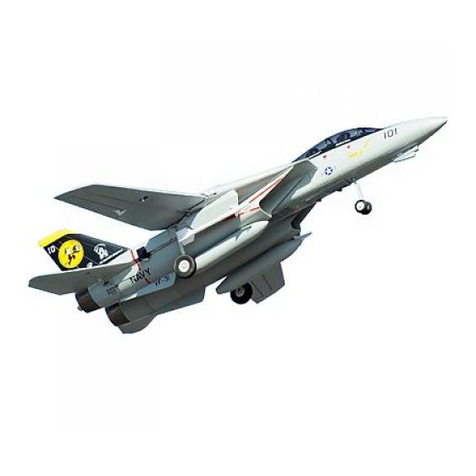
Art-Tech
Art-Tech F-14 "TOMCAT" JET User manual

Art-Tech
Art-Tech Diamond 1800 User manual
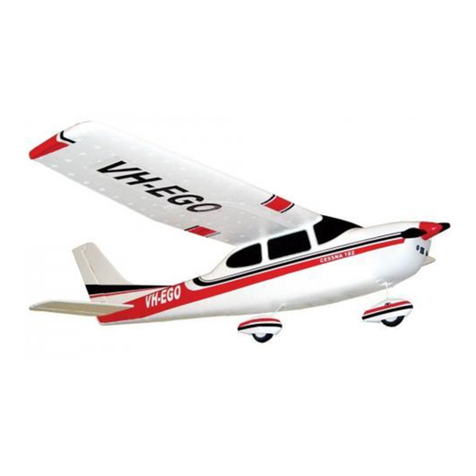
Art-Tech
Art-Tech CESSNA-182 User manual
Popular Toy manuals by other brands

FUTABA
FUTABA GY470 instruction manual

LEGO
LEGO 41116 manual

Fisher-Price
Fisher-Price ColorMe Flowerz Bouquet Maker P9692 instruction sheet

Little Tikes
Little Tikes LITTLE HANDIWORKER 0920 Assembly instructions

Eduard
Eduard EF-2000 Two-seater exterior Assembly instructions

USA Trains
USA Trains EXTENDED VISION CABOOSE instructions
